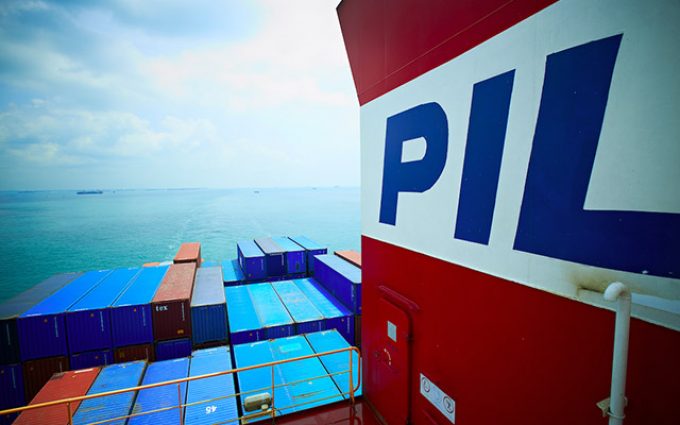Mixed response in US to 'Liberation Day', while China leads wave of retaliation
Some shippers have paused transport into the US amid the chaos thrown up by the ...

The latest rate war on the transpacific and Asia-Europe tradelanes could see some ocean carriers, overly exposed to the spot market, record their first loss-making quarter since the onset of the pandemic.
In a worst-case scenario, rate levels “could mimic the extreme lows of 2016”, according ...
CMA CGM South Korean staff strike over bonuses after bumper 2024 profit
MSC switches two more Asia-Europe port calls from congested Antwerp
CMA airline returns two freighters, while ANA takeover of NCA looms
Nightmare for Bangladeshi exporters as congestion and tariffs bite
Tradelanes: Export boom in Indian sub-continent triggers rise in airfreight rates
Carriers introduce surcharges as congestion builds at African ports
Ports and supply chain operators weigh in on funding for CPB
Box ship overcapacity threat from carrier appetite for new tonnage

Comment on this article